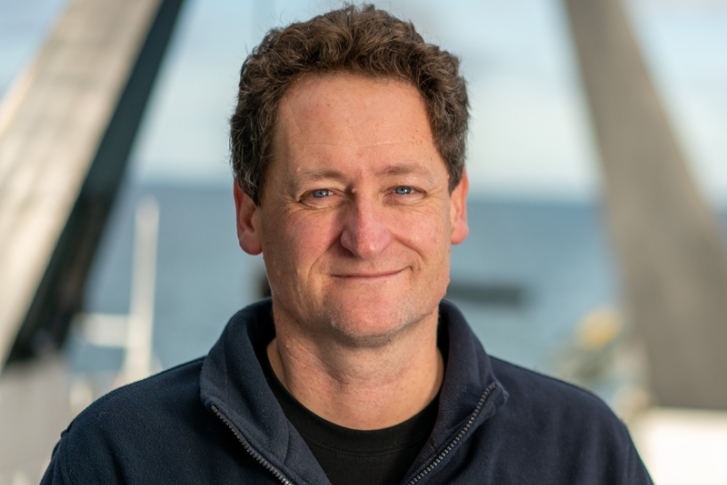NIWA will be determining the impact of fisheries on the aquatic environment. This will inform an ecosystem-based approach to fisheries management and the development methods to mitigate this impact.
This programme consists of research on the impacts of fisheries on protected and non-target species, as well as the marine environment, especially benthic (sea floor) organisms and communities. This research on the impacts on the marine environment is largely funded through fishing industry levies, and the industry plays a key role in the prioritisation and evaluation of this research. The programme also has strong linkages with MSI-funded research programmes.
Research directions
1. Assessment methodologies
Developing methodologies to assess the effects of fishing on the ecosystem. This includes both targeted and non-targeted species, protected species, habitats, and communities.
2. Monitoring and analysis
NIWA monitors and analyses the impact of commercial fishing activity on species that aren’t targeted by fishing (bycatch). This monitoring and analysis comprises:
- Other fish species
- invertebrates, such as protected corals.
- Seabirds, including modelling how fishing practices affects their population.
3. Habitats of particular significance or vulnerability
Habitats of particular significance or vulnerability include waters where spawning, pupping, and egg-laying occur or where nursery grounds exist. The concentration of fish in the early part of their life in these areas means small environmental impacts on them can have a large effect on fish populations later on.
Determining the impacts of aquaculture on the aquatic environment, to ensure the concentration of farmed fish and organic matter doesn’t go on to affect wild species in the surround area.
Evaluating the effectiveness of changes in fishing practices to reduce the harm of fishing on vulnerable habitats and improve sustainability of fisheries.
Use this knowledge to develop better methods to protect vulnerable habitats or species e.g., spatial management tools such as networks of protected areas. By protecting a few key areas, which are connected by biological processes such as plant propagation and fish migration during their life cycle, a network of protected areas can have a much greater positive effect than the same area lumped into one reserve. Understanding these processes allows the best balance between protecting economic activity and preserving fishery and ecosystem health.

